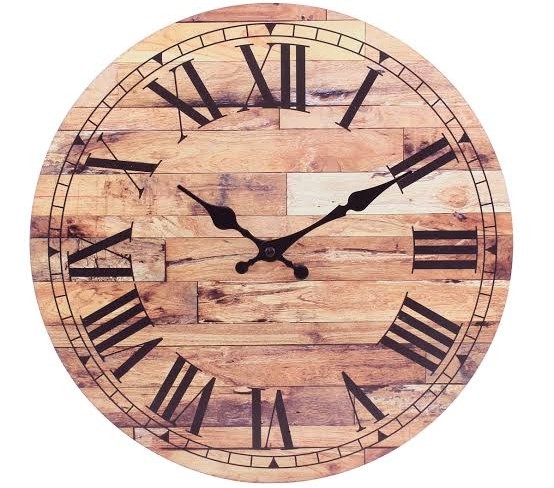The Magnetic Field Distribution In Alternative Current.

The Magnetic Field Distribution In Alternative Current. When the conductor is carrying Alternating Current, the internal magnetic field strength rises from zero at the centre to a maximum at the surface. However, the field is concentrated in a thin layer near the surface of the conductor. This is known as the "skin effect." The skin effect is evident in the field strength versus distance graph for a magnetic conductor shown to the right. The external field decreases with increasing distance from the surface as it does with DC. It should be remembered that with AC the fields constantly varying in strength and direction. In a hollow circular conductor there is no magnetic field in the void area. The magnetic field is zero at the inside wall surface and rises until it reaches a maximum at the outside wall surface. As with a solid conductor, when the conductor is a magnetic material, the field strength within the conductor is much greater than it was in the nonma...





































